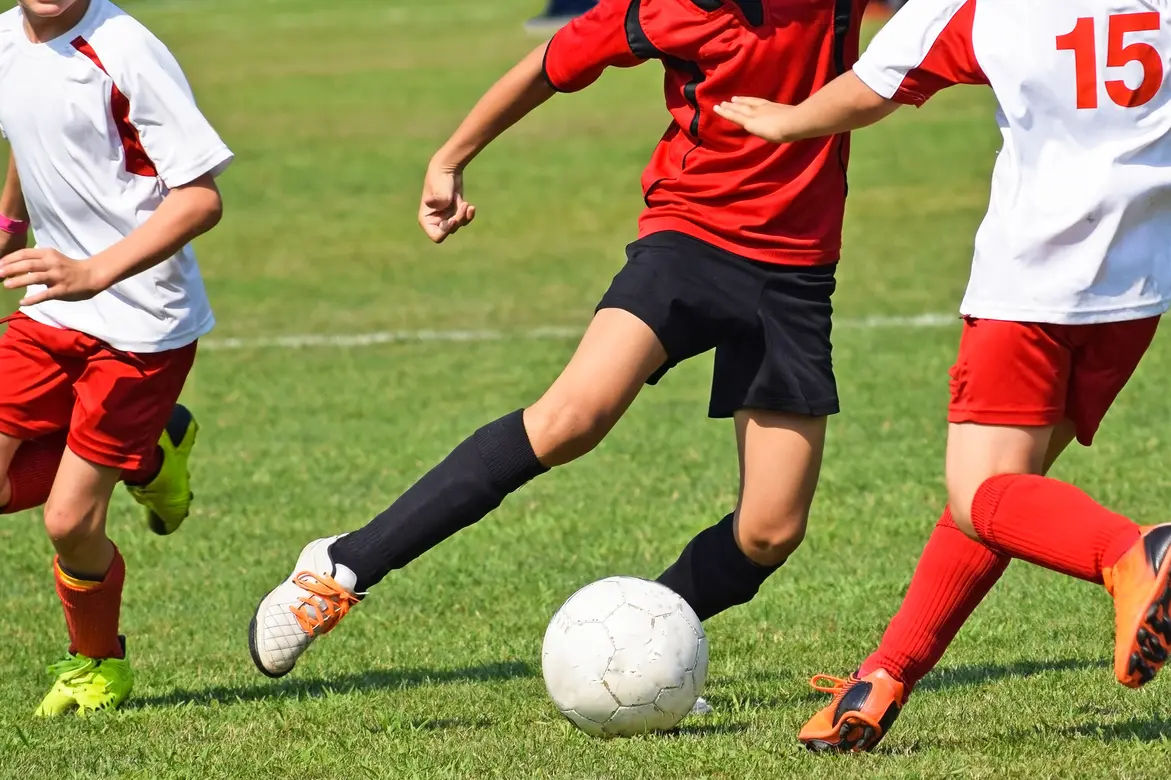Dr Lim Mui Hong
Orthopaedic Surgeon


Source: Shutterstock
Orthopaedic Surgeon
Dr Lim Mui Hong, orthopaedic surgeon at Mount Elizabeth Novena Hospital, explains the statistics on sports injuries, the most common sports injuries and how best to minimise your risk.
In Singapore, common sports include soccer, basketball, running and cycling. Other disciplines such as martial arts, dancing and winter sports are also gaining popularity. Injuries that occur during these sports account for a significant number of sports injuries that require medical attention.
According to a National Health Statistic Report on sports and recreation related injury episodes in the United States between 2011 – 2014,
In the same review, it was reported that:
One of the most common sports injuries is the ankle sprain. This usually happens when the foot suddenly twists or rolls, forcing the ankle joint out of its normal position and causing damage to the surrounding ligaments.
Athletes involved in sports such as football and basketball, which require them to perform quick turns on their feet, are more prone to this injury.
Lower back injury is characterised by back pain and may come with symptoms of lower limb numbness or weakness. The individual may experience sciatica, ie. pain radiating down the leg from the lower back. Lower back injury is common among gymnasts mainly because of the repetitive bending postures that they have to do. Heavy weightlifters also often encounter this injury, as they place immense pressure on their back during the sport.
The knee joint is stabilised by 4 main ligaments comprising of 2 collateral and 2 cruciate ligaments. Among knee ligament tears, the anterior cruciate ligament (ACL) is the most commonly injured ligament. The injury is often accompanied by a 'pop' sensation, followed by knee swelling and an inability to bear weight on the knee. This injury is common in footballers and rugby players.
Anterior knee pain can be caused by various underlying conditions. These include cartilage wear and tear, osteoarthritis, patella tendinopathy, and patella (knee cap) malalignment and maltracking. Runner's knee, also called patellofemoral pain syndrome, is one of the leading causes of anterior knee pain. It is common not only among runners, but also non-runners who engage in other activities like cycling.
Shoulder dislocation is often caused by a strong force on the joint during a traumatic event such as a fall or collision with another player. The majority of shoulder dislocation is anterior dislocation. This means that the head of the upper arm bone is forcefully pulled forward, away from the shoulder blade. An acute shoulder dislocation must be restored as quickly as possible with adequate pain relief and by a trained personnel. This injury is common in collision sports like rugby.
To minimise the risk of injury while enjoying the benefits of playing sports, the following measures are recommended:
Pre-participation medical screening can be performed to detect any underlying medical condition that should be treated before starting on any sports or endurance event. Structured training ensures that the body is prepared to cope with the demands of the sports activity or event. Warm-up and cool-down exercises should be done regularly before and after the activity.
This takes on more significance in technically demanding sports such as golf.
Using faulty or inappropriate equipment may increase the risk of injury. For runners, wearing suitable running shoes is important. Playing sports such as soccer on an uneven surface increases the risk of lower limb injury.
A structured training and rest cycle ensures that the body has enough time to recover from rigorous training. This will improve performance and minimise injury risk.
After sustaining an injury, it is important to seek medical attention promptly. Having a gradual return to play after adequate recovery and conditioning will minimise the risk of aggravation of pre-existing injury and sustaining new injury.
Participation in sports should be safe and enjoyable. Injuries are inevitable but the risks can be mitigated. Prompt medical treatment should be obtained following an injury.